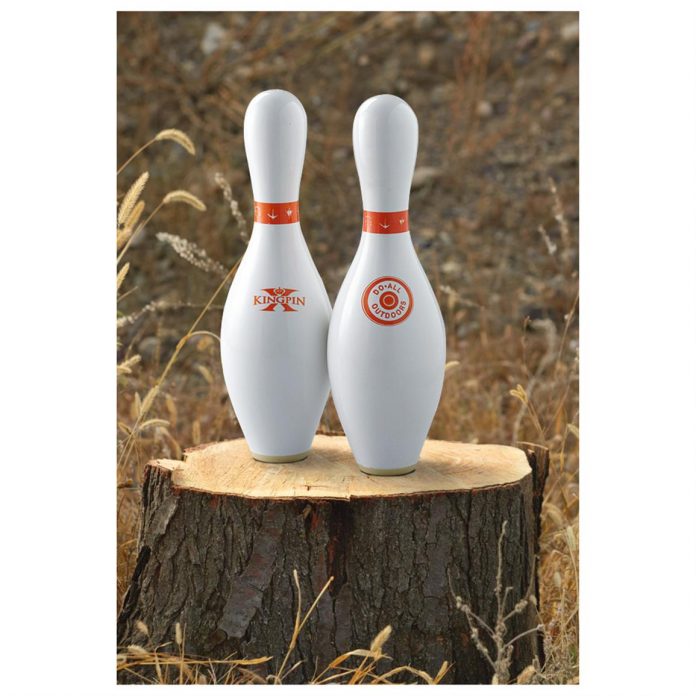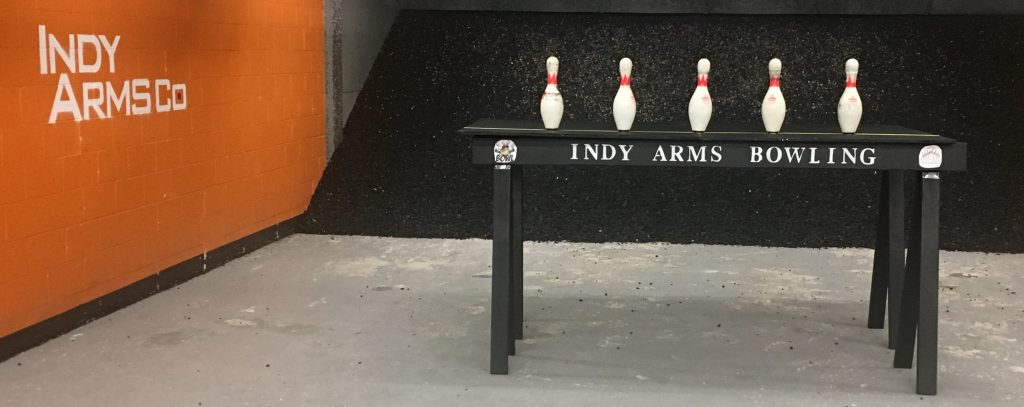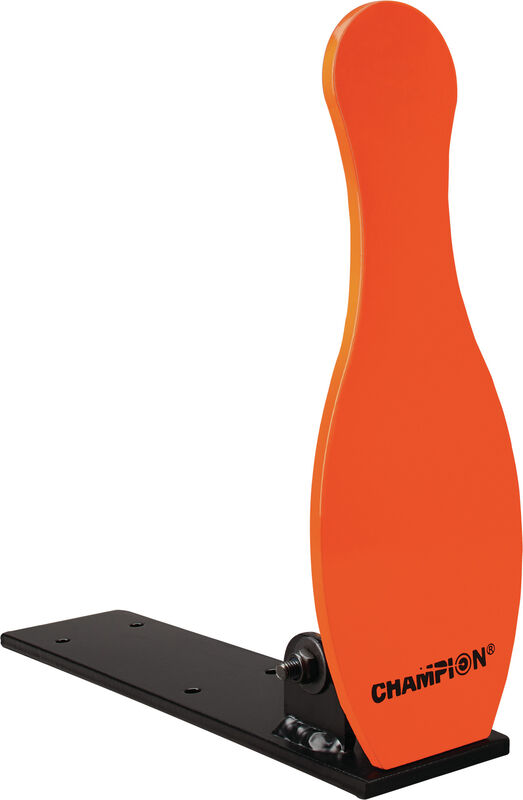
The first time I ever shot a firearm in any form of competitive environment was with a family friend at an indoor range doing a little something called Bowling pin shooting. I only did it a few times, and at the advice of a few shooters, I brought my old Rock Island Armory GI 1911. This was my first centerfire handgun, and I still own it to this day. I had to be maybe 15 when I tried my hand at it.
At this point, I had no idea that USPSA, IDPA, IPSC, or even three gun existed. I knew about Bull’s Eye shooting and the old NRA High Power matches. Those all seemed slow, and in rural Florida, it didn’t exist. Clay pigeons were fun, but they weren’t a big draw for me. The idea of Bowling pin shooting sounded like a blast. Hit the targets off the rack as fast as you can. The fastest time wins.

I shot it and loved it. I went a few more times, but my family friend eventually got caught up in life and work, so there went my ride. Until recently, I hadn’t competed in any real organized shooting sport. Informal matches here and there, but nothing serious. In my mind, bowling pin shooting was something our local range did. Little did I know this now obscure sport used to be quite popular.
Breaking Down Bowling Pin Shooting
According to Massad Ayoob, Richard Davis invented bowling pin shooting in the mid-1970s. If that name sounds familiar, it’s because Davis also created Second Chance and the first flexible armor vests for police forces. The sport seemingly gained steam over the years and became quite popular in the 1990s. When I shot in the early 2000s, it must have been winding down as a sport.
The goal was easy. Knock the bowling pin off the rack as fast as possible. Our range had three stations set up with different patterns and varying amounts of pins. The pins could all be on one level or on multiple levels, and we shot anywhere from three to seven pins. That was the most basic range competition.
There was also a race style that used brackets. Two shooters with identical tables of pins would race to win. Whoever’s last pin hit the ground first won. The winner went on to the next stage. I never made it past the first stage, so I didn’t shoot this often.
There is also a King of the Hill competition I never knew about and am only now learning about. Shooters would start with five pins and race. The winner stayed on the range, and the loser left. The winner then had a pin added to his collection for the next round. This continued until the ‘King’ lost to the challenger. The challenger then became the King.
Why Was It Popular?
Honestly, looking back, I can tell you why I liked it. The targets reacted to being shot and flew off the table. It was fun to shoot the pins. There was a speed element, and you might have to reload. It was exciting.
For indoor ranges, the bowling pins provided a reactive target that wasn’t metal. It was likely safer at the close ranges and in the confines of an indoor range. Used bowling pins were also pretty cheap, much cheaper than steel, especially then. Steel targets were around but nowhere near as common as they are today.
Bowling pin shooting was a lot like Steel Challenge. It was stationary and fun, not challenging as USPSA or as hard for a range to run.

Additionally, the game was fair regardless of your gun, or mostly fair. The pin didn’t just need to be knocked over. It had to be thrown to the ground. Rounds like .45 ACP, .357 Magnum, and 10mm allowed a shooter to hit the thing anywhere, and it would tumble.
Guns shooting standard 115 grain 9mm required good careful aim to the upper half, and .22LR requires precision aim to hit the very top to make it fall. Sometimes you’d knock a pin over but not off the table, which called for multiple shots to knock it off.
No need to balance major and minor, the fame did it for you.
Ready For a Comeback
Bowling pin shooting is unlikely to make a comeback, but if someone hosted a shoot near me, I’d go for old-time’s sake. To be honest, I might try to talk someone into a King of the Hill match with a plate rack. Bowling pin shooting isn’t completely gone, but the matches seem to be fairly rare these days.



